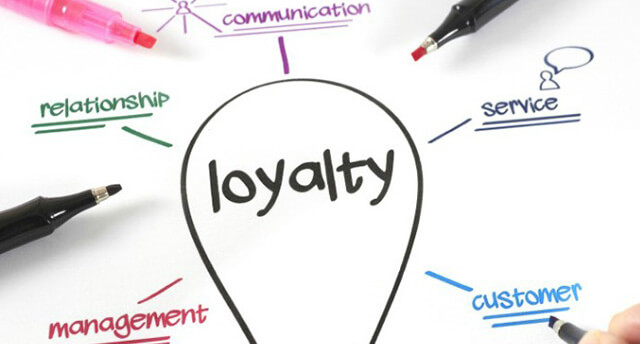When you walk into a food court, do you typically
- Buy your fries and Pepsi at the same stall you buy your burger?
- Choose a stall because they stock Coca Cola (vs. Pepsi) or do you choose the stall because you prefer a Burger King vs. McDonalds (and accept whatever drink they serve with the burger)?
- Or do you choose the stall having the “lowest priced combo” (irrespective of the underlying brands on offer)?
These questions around “relevant bundling” are exactly the kind of conversations to engage with when thinking through coalition loyalty programmes.
While these questions are considered more seriously when scouting for complementary external partners, often these questions are glossed over when a large conglomerate with multiple lines of business considers a coalition. The false assumption being the umbrella “parent brand” is enough reason for all organizations to be bound together – in most cases this is not the case.
An economy automotive brand, a high-end jewellery brand and a luxury hospitality brand cannot all necessarily be partners without a coherent brand strategy. Nor can a marriage of convenience, with a large brand acquiring for the smaller brands endlessly without a sustainable, thought-through customer journey.
In our tech-driven world, as brands scramble to assemble relevant and complementary offerings around a mobile super-app complete with e-wallets, streaming content, telecom and e-commerce, what will be the drivers of customer acquisition and loyalty? Thinking about how we choose our providers of burgers, drinks and fries may be instructional:
1. Start by a very good understanding of your target segment – Those who value quality and convenience may not necessarily be motivated by intrusive flash price offers. Especially if they connote a lack of privacy.
2. Reflect on brand strategy – Will you like to create an independent brand like #payback? Or will you work with the strongest brand like #FlipkartSuperCoins or will you work with independent brands with #CurrencyExchange?
3. Think frequency, customer value and programme relevance – Will your coalition ecosystem create sufficient opportunity for frequent engagement? And engagement does not only mean cross-sell and upsell offers. Engagement is a two-way street for meaningful surprise, delight and relationship-building. As importantly, what will be the relationships between a high-frequency-low-margin partner (like fuel or grocery) and a low-frequency-high-margin partner (like apparel or hospitality) and a discretionary-spending partner (like dining)?
4.Plan legal – Is your programme designed for allowing sharing customer information across categories in a manner that is legally permissible (and more importantly, creates value for your customer beyond just sales targeting so that they will be happy to know about your data sharing policies)?
5. Think communication – What will be the guidelines for customer communication between the partners in terms of frequency, branding, control groups and response handling?
Very often, we tend to confuse activity with direction. In the frenzy of action, remember that coalition programme design direction could make or break your coalition before it is even born!


Recent Comments